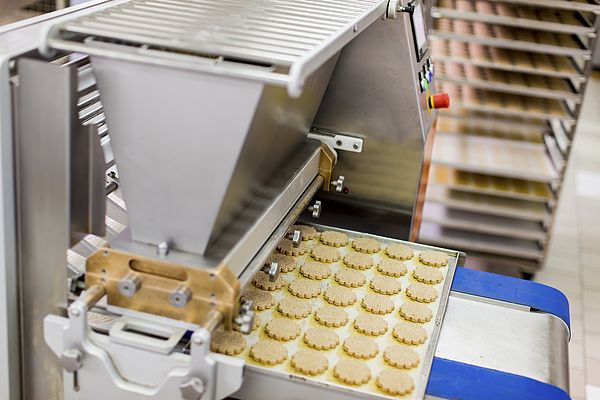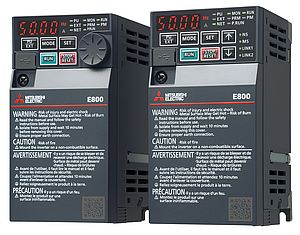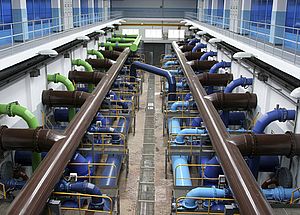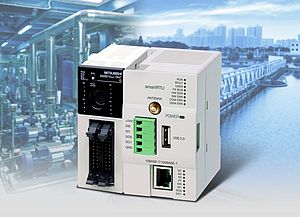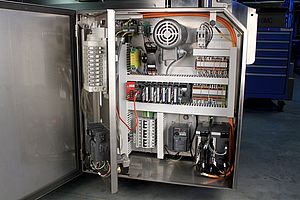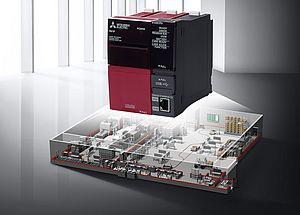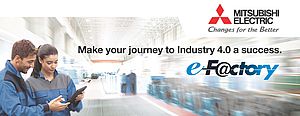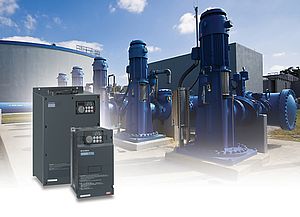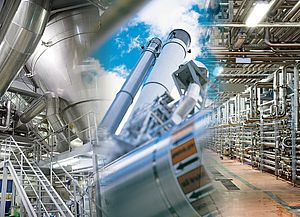To stay competitive in the long term, baked products manufacturers are looking for opportunities to increase efficiency in production while reducing energy consumption. Reliable characteristics and the collection and accurate analysis of production-related data provide the necessary transparency.
Pressure on prices is rising in the bakery market. Above all small and medium-sized operations are facing the challenge of competing in price terms with the discounter and supermarket offerings, manufactured largely on automated monolines. To stay competitive in the long term, operations are looking to increase efficiency in production while at the same time reducing energy consumption. Reliable characteristics and the collection and accurate analysis of process and production-related data provide the necessary transparency.
Status quo with potential
Small-scale operations or franchise bakeries which supply up to 200 outlets in their vicinity produce several products on one line. The automation potential of such bakeries is high, but is frequently underestimated or considered too expensive. However to increase productivity and minimise manufacturing costs, it is necessary to exploit precisely this potential. Those wishing to hold onto market access must act to modernise production. The intelligent use of automation components can make a decisive contribution to securing the competitiveness of a company.
Historically, small- and medium-sized operations perform the different process steps of bread making, such as kneading, proving and baking, independently. However, Overall Equipment Effectiveness can be significantly increased simply by networking various isolated solutions with the help of standard automation technologies. Bottlenecks, weaknesses, cost drivers, waiting times or item costs can be precisely defined and energy consumptions precisely assigned. The data from an integrated system can be used to optimise processes or determine varieties and quantities per unit of time. This information can then be used to process and define processes and procedures.
Transparent production
Bakeries frequently suffer from significant discrepancies between financial planning and reality. Transparency is contributed to by collecting actual production data including changeover times and other manual processes and producing realistic form factors.
With the help of data transparency, processes can be constantly optimised to reduce costs, increase quality assurance and achieve greater time efficiencies. Data transparency is easy to create even in existing systems using specialist technologies.
Two initial scenarios
In a very few cases systems are ordered for a Greenfield project, where the latest technological structures can be established from the outset. Components can be networked with the help of the latest communications standards or using automation platforms such as the iQ Platform from Mitsubishi Electric. These provide seamless communication within the system with a high degree of transparency.
Generally, however, existing plants are modernised (Brownfield projects). Within structures which have grown organically over time, companies need to retrospectively link a variety of isolated solutions in order to collect all relevant data for the higher-level management system, such as CRM, ERP or SCM at field level. With the help of standard automation components such as the MES-IT interface module the necessary transparency can be achieved quickly and cost efficiently here as well.
Preventative maintenance
Modern control platforms, touchscreen operating devices and sensors with comprehensive, integrated functionalities as well as flexible maintenance and repair concepts such as the FAG SmartCheck from Schaeffler FAG or the MAPS Life-Cycle-Software tool from Mitsubishi Electric provide the necessary data transparency for simple implementation of preventative maintenance concepts.
Robots in the production area
The installation of robots may also be worthwhile to increase system flexibility and availability. If several products are manufactured, packed or manipulated on one line, production cycles can be designed to be substantially faster and more cost efficient with space-saving robotic and camera systems. At the same time the high hygiene requirements of the food and drinks industry are met.
Industry 4.0 in the bakery
Industry 4.0 is also being introduced into the food and drinks industry. The focus is on new automation technologies, intelligent production processes and not least the assurance of Germany as a production centre. Smaller and medium-sized operations need to set themselves apart from the competition. New sales concepts, greater flexibility in production and greater responsiveness to customer requirements up to and including personalisation of products are all essential. With the help of automating concepts in terms of Industry 4.0 – the Internet of Things – these targets are in sight.
Stay future-proof
The baked products manufacturer faces major challenges. These are increasing product diversity, increasingly rapid new developments and product change-overs on the line, increasingly fluctuating order quantities, shorter product life cycles, stricter statutory regulations particularly with respect to hygiene directives and increasing cost pressure. The technological requirements in the baking industry are particularly high due to the range of possible variations in manufacturing processes and product specifications.
Continuous improvement of production processes and efficiency increases cost savings, optimises profit margins and above all guarantee competitiveness in the long term. The basis of this is data transparency within networked production, which is easily achieved with standard automation technology. Automation can substantially contribute to the long-term sustainability of new systems, as well as systems which have been expanded over the years.



